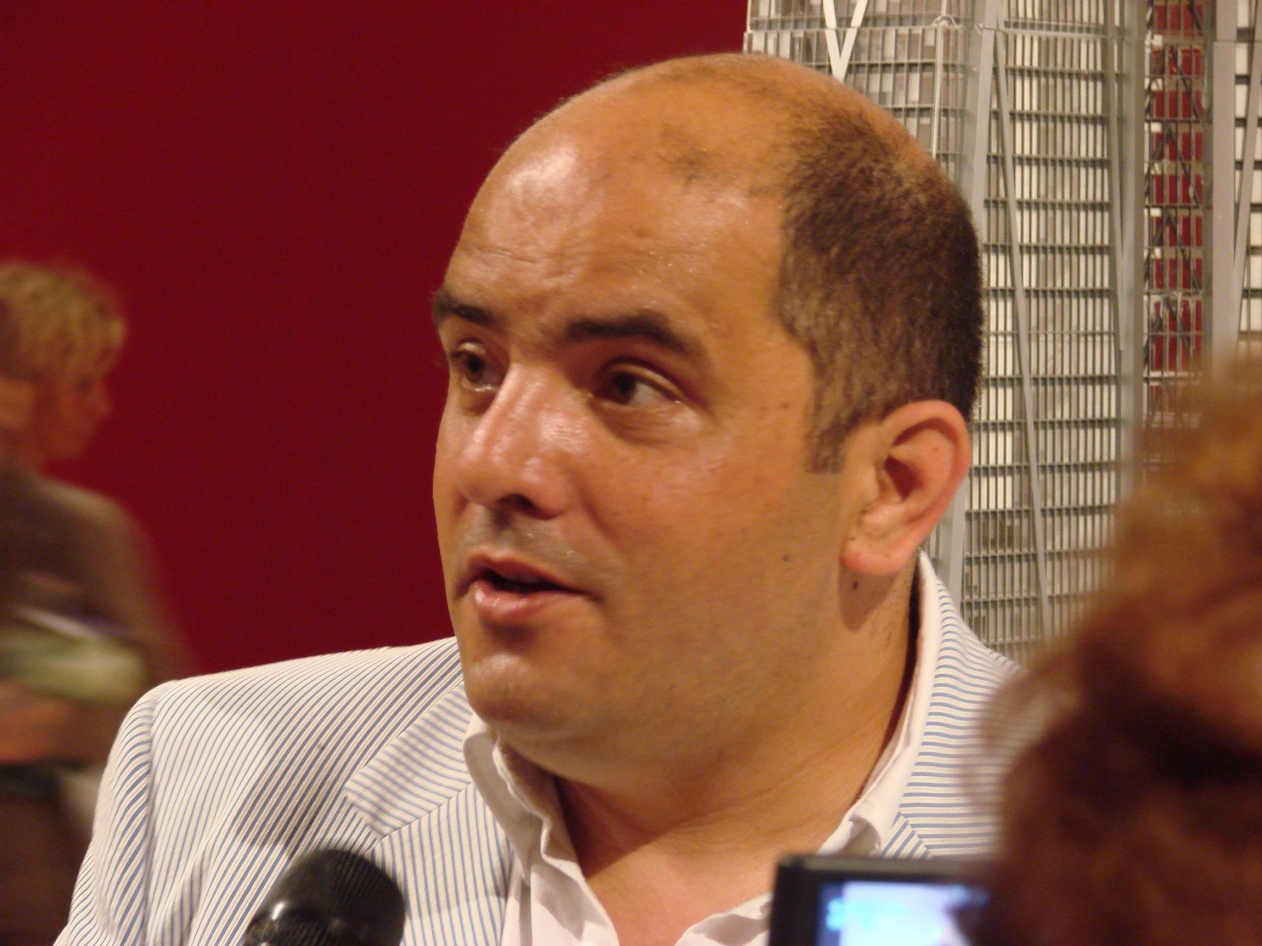Competition: design for Tverskaya in Moscow
StrelkaKB announces the launch of an open international competition for Tverskaya streetscape concept design.


Interviewed by:
Julia Tarabarina

